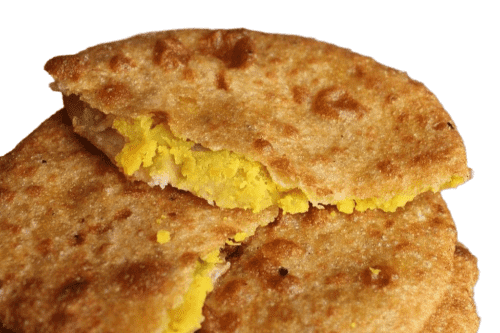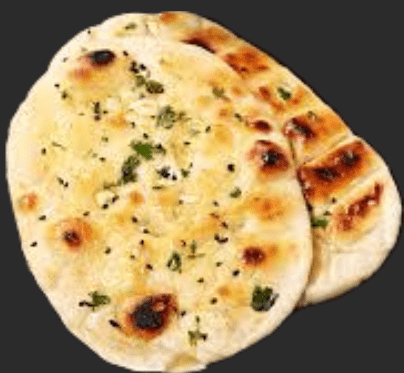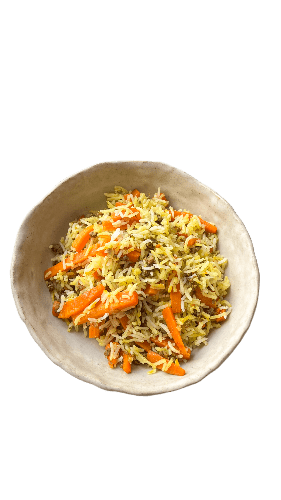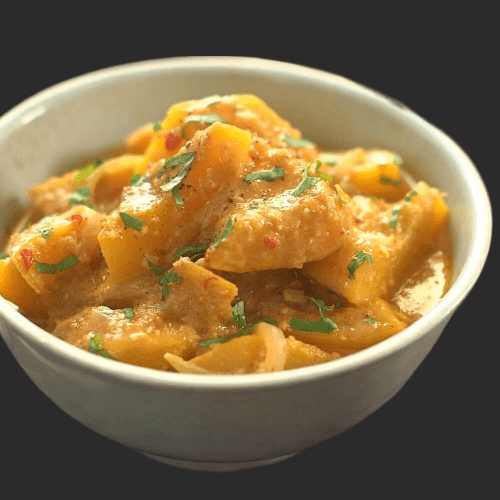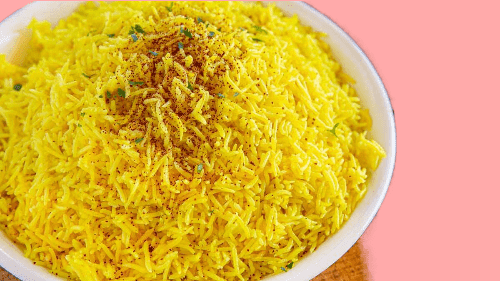Best Veg Pongal
Introduction of Veg Pongal
Veg Pongal is a beloved South Indian dish known for its comforting, creamy texture and aromatic flavors. Made with rice, moong dal, and a tempering of ghee, black pepper, cumin, ginger, and curry leaves, this dish is a staple in many South Indian households, especially during festivals like Pongal and Makar Sankranti. Traditionally, Ven Pongal (or Khara Pongal) is a savory version, distinct from the sweet Sakkarai Pongal. It is often served as breakfast or a light meal with coconut chutney and sambar.

History and Cultural Significance of Veg Pongal
Pongal is deeply rooted in South Indian culture, particularly Tamil Nadu. The word “Pongal” means “to boil over” or “overflow,” symbolizing prosperity and abundance. The dish is closely associated with the Pongal festival, a harvest celebration that marks the beginning of the Tamil calendar year.
Traditionally, Pongal is prepared outdoors in a clay pot over an open fire, with people joyfully chanting “Pongalo Pongal!” as the dish overflows. The festival honors Surya, the Sun God, thanking him for a bountiful harvest. While the sweet Pongal is made with jaggery and milk, the savory Ven Pongal is a simple yet flavorful comfort food enjoyed year-round.
Ingredients for Veg Pongal
A well-made Veg Pongal is a perfect balance of soft texture, rich flavors, and mild spice. The key ingredients include:
Main Ingredients:
- 1 cup rice (preferably short-grain rice like Sona Masoori)
- 1/2 cup split yellow moong dal (pasi paruppu)
- 4 cups water (adjust as needed for consistency)
- 1/2 teaspoon turmeric powder
- Salt to taste
Tempering/Tadka Ingredients:
- 2 tablespoons ghee (for authentic flavor; use oil for a vegan version)
- 1 teaspoon cumin seeds
- 1 teaspoon whole black pepper (lightly crushed for best flavor)
- 1 tablespoon ginger (finely chopped or grated)
- 10-12 cashew nuts (halved)
- 10-12 curry leaves
- 1 green chili (slit, optional for extra spice)
- 1/4 teaspoon asafoetida (hing)
- Optional Veggies for Veg Pongal Variation:
- 1/4 cup carrots (finely chopped)
- 1/4 cup green beans (chopped)
- 1/4 cup peas
- 1/4 cup bottle gourd (optional, adds creaminess)
Step-by-Step Instructions
Dry Roast Moong Dal
- Heat a pan on low flame and dry roast the moong dal until it turns aromatic and lightly golden.
- Stir continuously to avoid burning.
- Dry roasting enhances the nutty flavor and prevents the dal from becoming mushy when cooked.
Wash and Cook Rice & Dal
- Rinse the rice and moong dal together 2-3 times until the water runs clear.
- In a pressure cooker or pot, add 4 cups of water, turmeric powder, and salt.
Cook until soft:
- Pressure cooker: Cook for 4-5 whistles.
- Instant Pot: Set to pressure cook for 8 minutes.
- Open pot: Simmer for 25-30 minutes until soft and creamy.
Prepare the Tempering
- Heat ghee in a pan and add cumin seeds.
- Once they splutter, add black pepper, ginger, curry leaves, green chili, and asafoetida.
- Sauté for a few seconds, then add cashew nuts and fry until golden brown.
Combine Everything
- Pour the tempering over the cooked rice and dal mixture.
- Mix well, adjust salt and consistency by adding hot water if needed.
- Let it simmer for 2 minutes for flavors to meld.
Serve Hot
- Garnish with extra ghee for a richer taste.
- Serve hot with coconut chutney, sambar, or a side of pickle.
Variations of Veg Pongal
Millet Pongal
Replace rice with foxtail millet, barnyard millet, or quinoa for a healthier version.
Masala Pongal
Add onions, tomatoes, and more spices like coriander powder and garam masala for a spicier twist.
Vegetable Pongal
Include carrots, peas, beans, and bottle gourd for a nutrient-rich meal.
Vegan Pongal
Use coconut oil instead of ghee and skip the cashews if desired.
Health Benefits of Veg Pongal
- Rich in protein: Moong dal is an excellent source of plant protein, aiding muscle repair and growth.
- Easy to digest: Pongal is light on the stomach and ideal for those recovering from illness.
- Gut-friendly: The combination of ghee, black pepper, and cumin promotes digestion and reduces bloating.
- Good for weight management: A nutritious, balanced dish that keeps you full longer.
- Heart-healthy: The use of ghee in moderation supports good cholesterol levels.
Serving Suggestions
- Classic Pairings: Coconut chutney and hot sambar
- With Yogurt: Pongal with curd and pickle makes a simple and wholesome meal
- With Rasam: A spicy, tangy tamarind rasam complements the mild Pongal perfectly
- With Papad and Pickle: Adds a delightful crunch and tang to the meal
Storage & Reheating Tips
- Storage: Refrigerate leftover Pongal in an airtight container for up to 2 days.
- Reheating: Add a little water while reheating on the stovetop to restore its creamy texture.
- Freezing: Avoid freezing as the texture changes upon thawing.
Read More : Best Sarson Ka Saag
Conclusion
Veg Pongal is a soul-satisfying dish that brings warmth and nourishment to the table. Whether you enjoy it as a simple breakfast or a festive meal, its rich flavors and wholesome ingredients make it a must-try. With its customizable variations and numerous health benefits, it’s an excellent addition to any diet.
